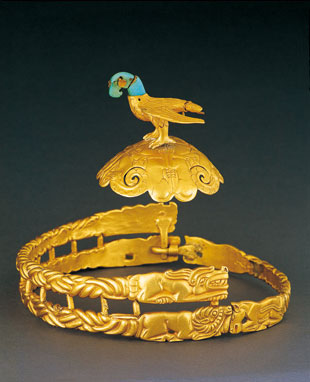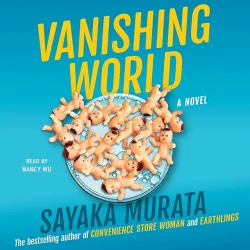
February 24, 2010
The Legacy of Genghis Khan
Originally published on metropolis.co.jp on February 2010 Storming off the Asian steppes to conquer the world, the Mongols were a brutal nation of nomadic plunderers. Or were they? A new blockbuster exhibition tells a different story. As the Mongols consolidated their far-flung empire in the 13th century, they brought sophisticated governance, portable housing, wagons, saddles […]
By Metropolis
Originally published on metropolis.co.jp on February 2010

Eagle-Shaped Gold Crown (1st National Treasure), Warring States Period (475-221B.C.), unearthed from Aluchaideng site, Hangjin Banner, Ordos City
Edo-Tokyo Museum
The Legacy of Genghis Khan and the Magnificent Mongol Empire. Various media. Until Apr 11, ¥650 (HS and under, 65 and over)/¥1,040 (univ)/¥1,300 (general). 1-4-1 Yokoami, Sumida-ku. Tel: 03-3626-9974. Open Tue-Sun 9:30am-5:30pm (Sat until 7:30pm), closed Mon & hols. Nearest: Ryogoku. www.edo-tokyo-museum.or.jp







